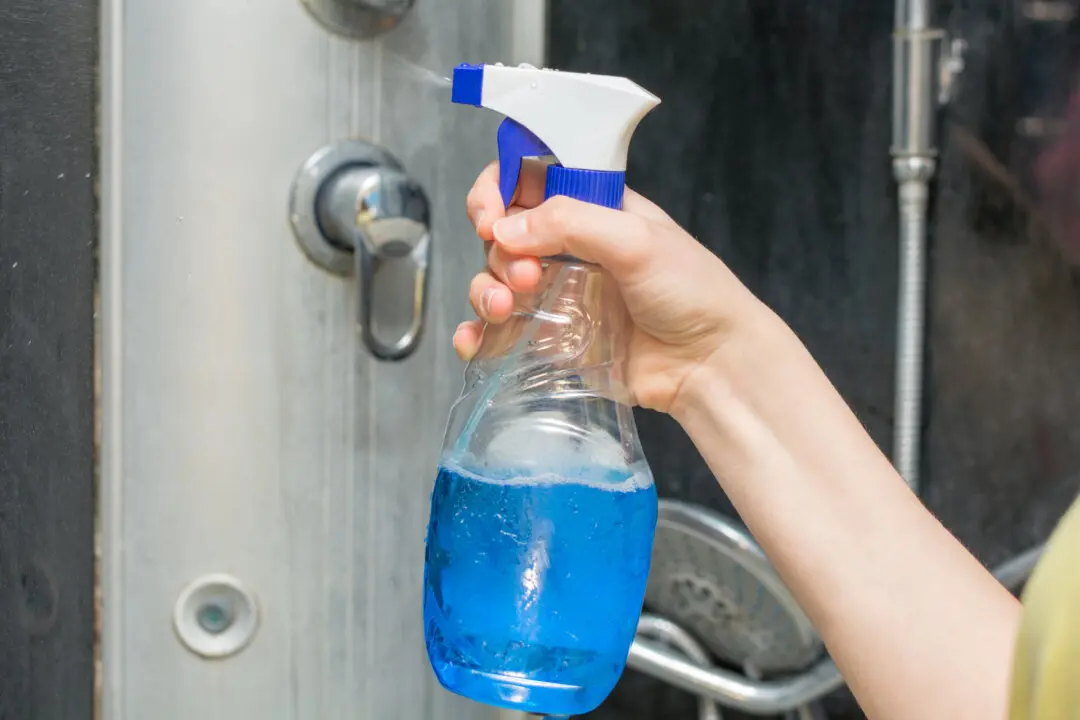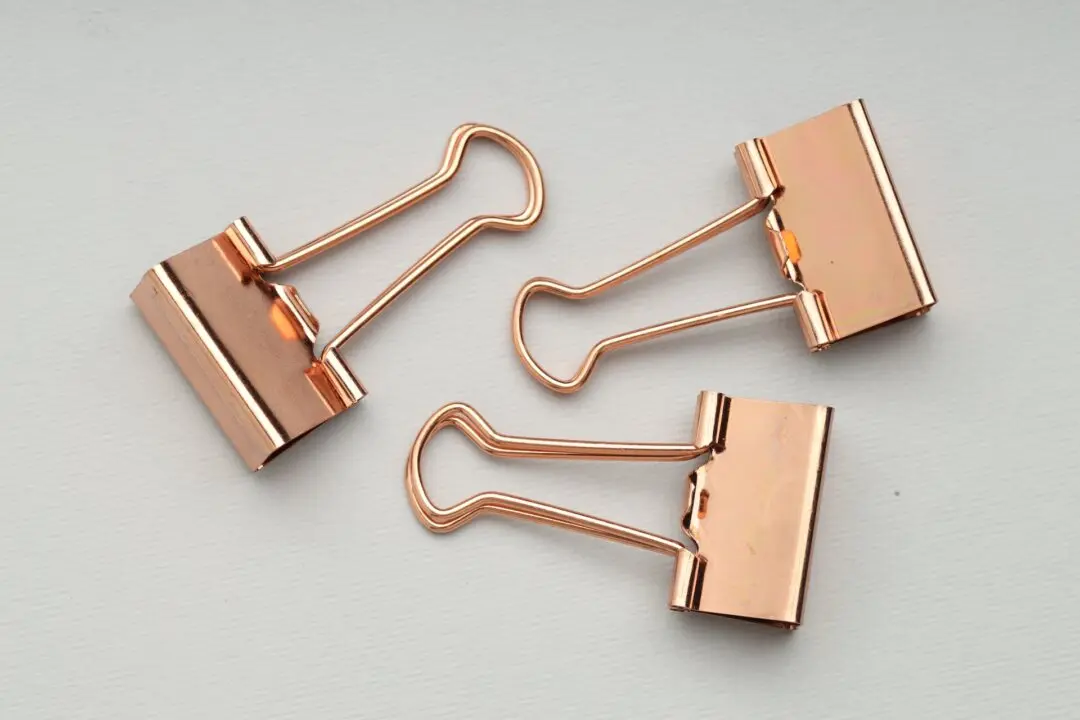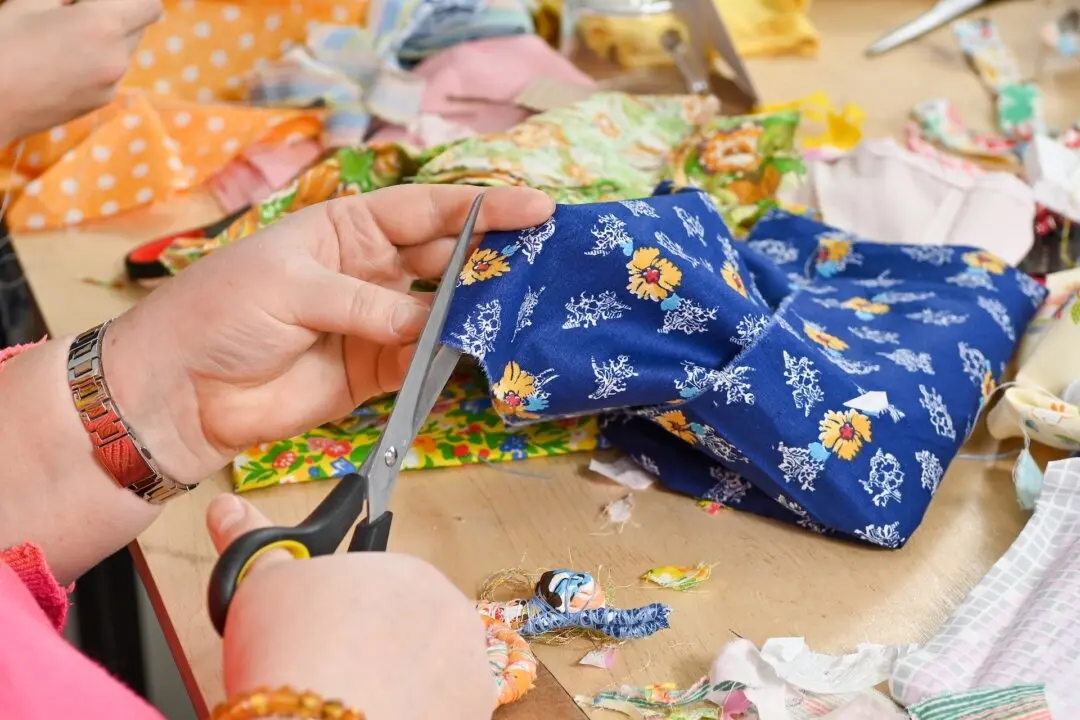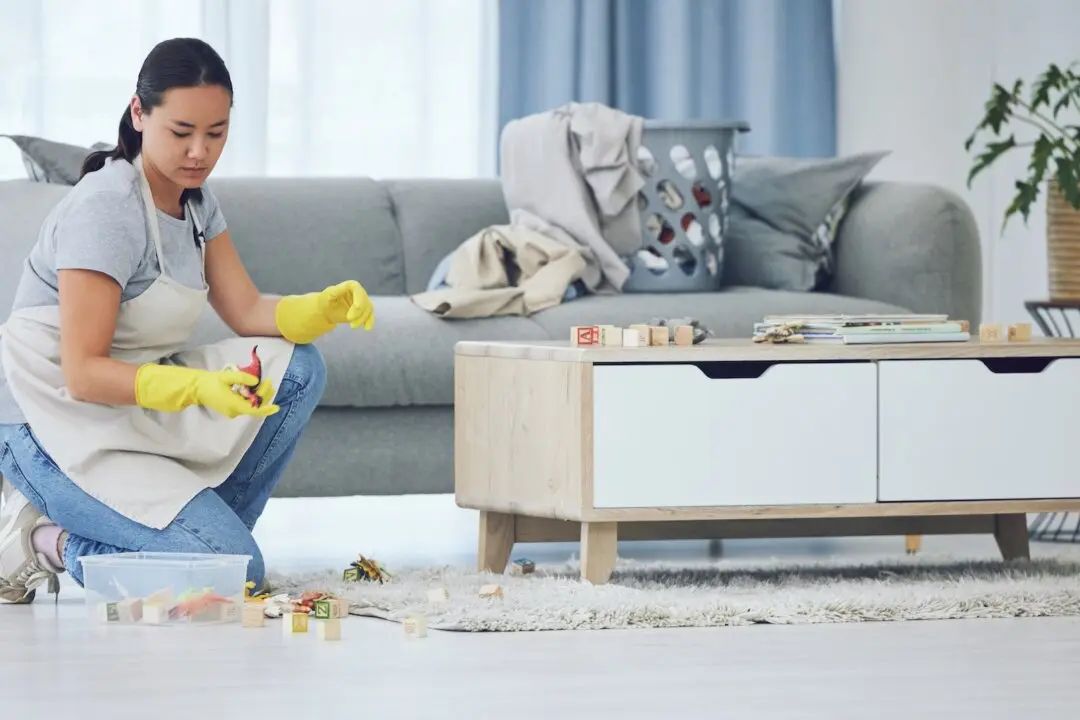It’s not something you buy every day. But when it’s time to buy carpet, you need to know your stuff. Make a bad decision and you‘ll pay dearly for a long time, and I am not just talking about the money. You’ll pay a significant price in dissatisfaction and disappointment.
Style of Carpet
Plush: Usually one solid color with even, smooth pile height. Varies from lightweight (apartment-grade) with fewer tufts per square inch to heavier weights that are very dense. Comes in a vast range of colors. Shows footprints and vacuum marks.Frieze: Very tightly twisted tufts of yarn. More expensive than plush but wears much longer—15 years is not unusual. Frieze comes in a variety of pile heights, from short all the way to super shag. Durable and holds up to heavy use without matting or showing traffic patterns. Rebounds well.





